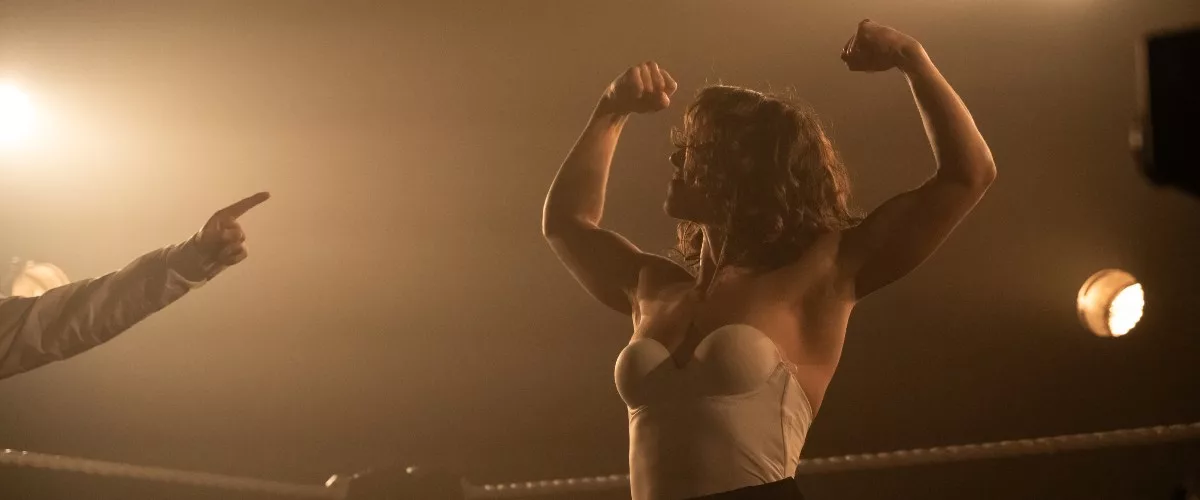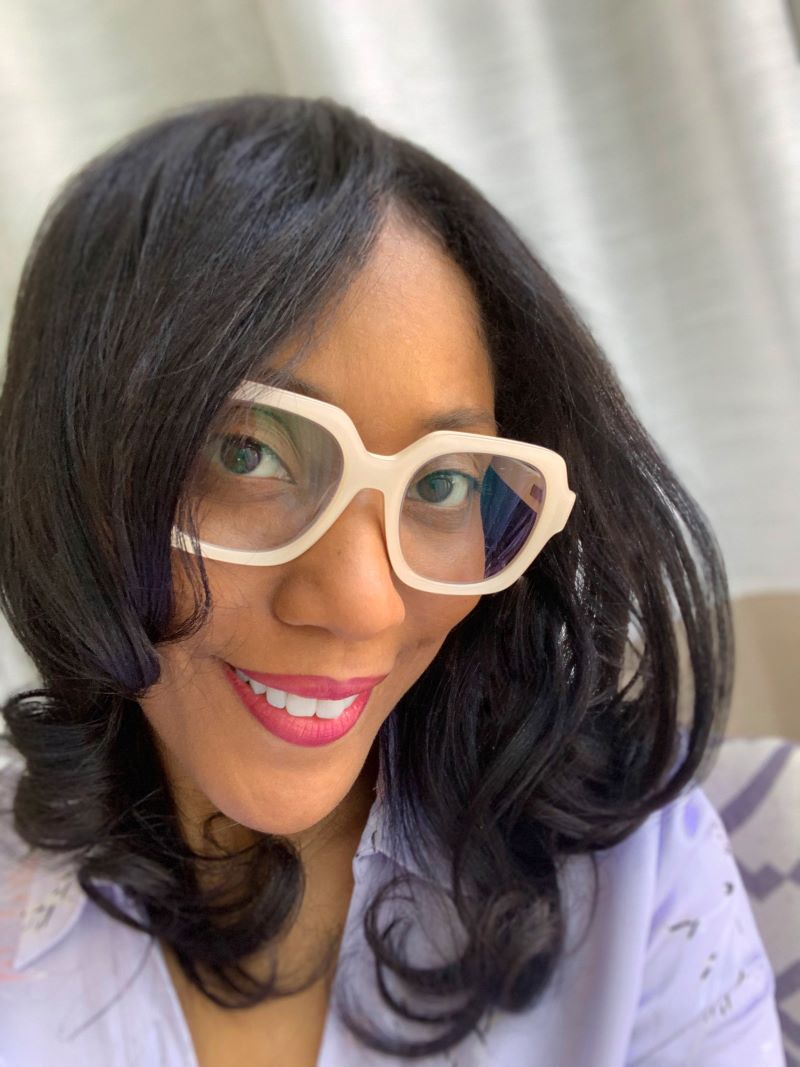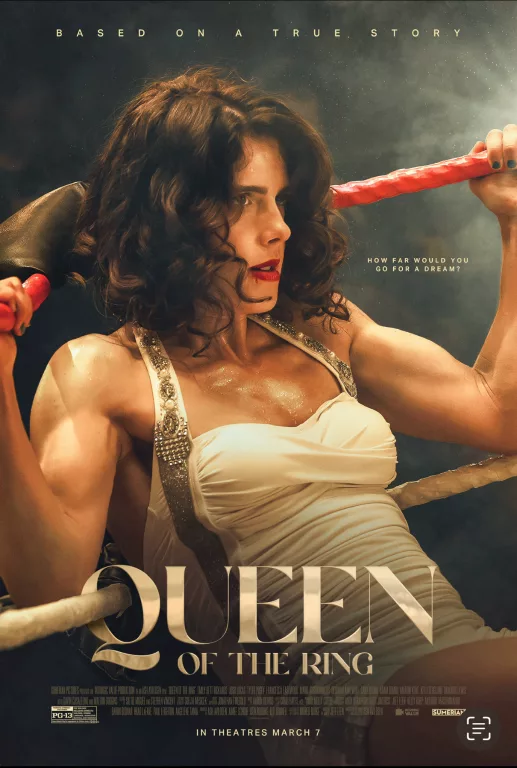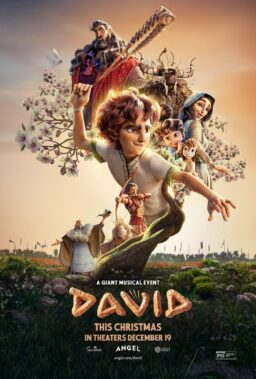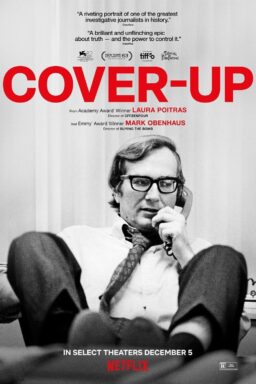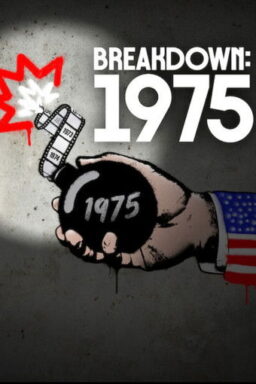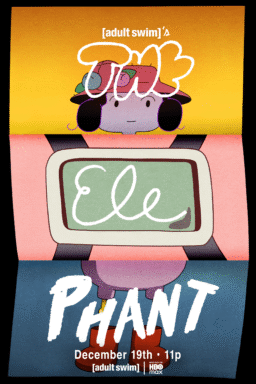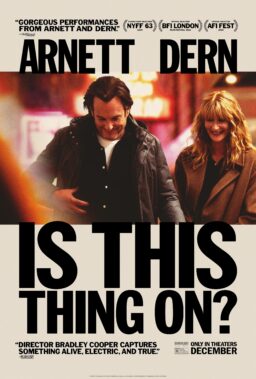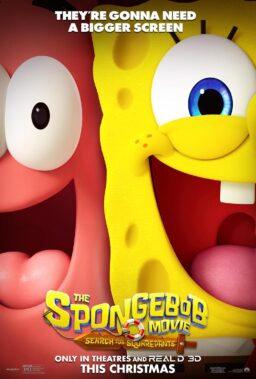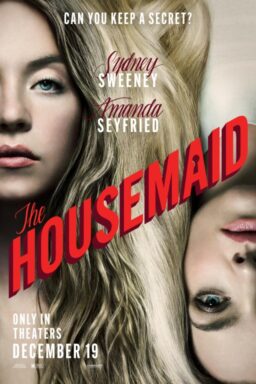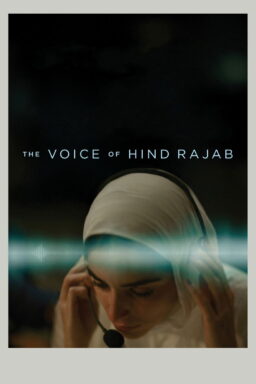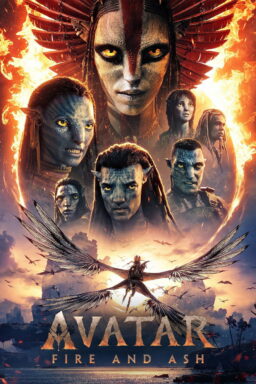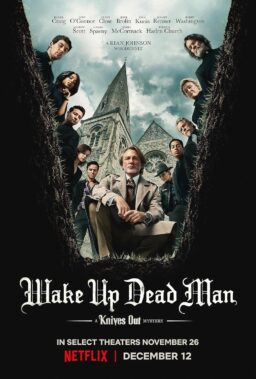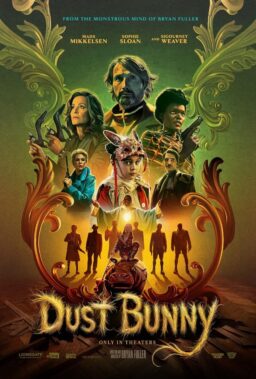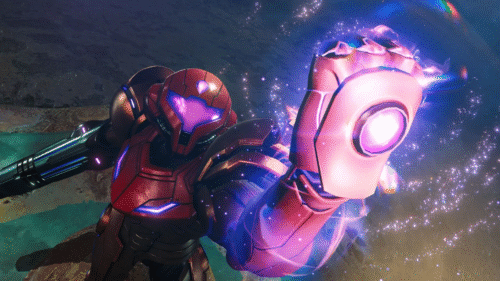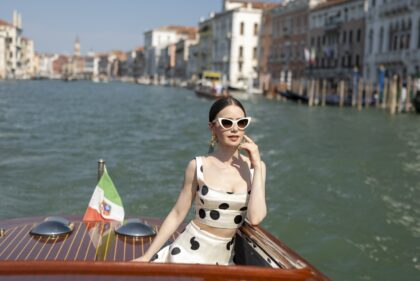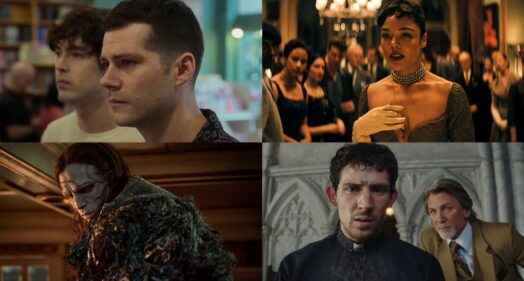Inspiration comes first. The title of world’s greatest doesn’t happen without it. Before Chyna became the warrior princess of the WWE, or the Gorgeous Ladies of Wrestling (GLOW) made little girls want to dive off the top rope, Mildred Burke stepped into the ring and became the first legendary lady of wrestling.
“Queen of the Ring” might not be a story we know, but we can relate. After a cold open at the Women’s Wrestling World Championship in 1954, the establishing scenes align with “Invincible Fight Girl.” We sit alongside a young woman at a wrestling match. She’s someone no one else recognizes as a fighter, and we watch the lights go on when she discovers wrestling and, through that, finds her destiny. Perhaps Burke is an inspiration for the animated series.
Emily Bett Rickards delivers a propulsive performance as Burke, transforming from a teenage single mother, working in her own single mother’s diner, to a three-time women’s world champion and boss of her own business. Rickards imbues her true-to-life character with a sparkling personality and innate kindness, enhancing the endurance required to build and sustain a career during a generation when men dictated the rules.
Burke’s path to greatness parallels Fanny Brice’s story in “Funny Girl,” too, where the men in their lives form bigger obstacles than their competition in the spotlight. Josh Lucas brings that maddening complexity to the screen as Billy Wolfe, Burke’s husband, promoter, and abuser. Their tumultuous relationship is more dangerous than the choreographed chaos of the wrestling ring. Facing off with her husband boosted Burke’s career but rock-bottomed her heart. We feel those turbulent emotions, even when “Queen of the Ring” relies on standard elements and comes together like a build-a-biopic. With less focus on the melodramatic beats and more depth of character and illumination of purpose, “Queen of the Ring” might’ve shaken its old-school movie-of-the-week styling and delivered a lasting impact.
Ash Avildsen’s direction, paired with Andrew Strahorn’s cinematography, grounds us in time, place, and sentiment. Transporting us back to an era when women’s wrestling was as taboo as it was tantalizing—because two women in the ring would get the sheriff called. Covering a lifetime and the dawn of a sport requires tight storytelling. Before the closing credits, we learn that Jack Pfefer, portrayed with finesse by Walton Goggins, “is credited for being the original visionary who brought true theatrical drama to pro wrestling.” We believe it after a clever scene that initially seemed incidental. In it, Pfefer constructs personas for two wrestlers—editing their banter/carny talk, delivery, and stage presence in real time. Adam Demos’ Gorgeous George is another smile-maker. If you’ve ever heard of Ric Flair, you can see the man who inspired his flamboyant style and silky blond arrogance in George. The cast is well played, including Tyler Posey as the reticent but hopeful G. Bill and Deborah Ann Woll as Gladys Gillem, a mirror-character Burke needs to see.
I’d never heard of women like Burke or Babs Wingo. In telling their story, the film champions these heroines of wrestling history, proving that sometimes a story needs a pivotal moment to be told. Finding the right time and fighting for our place are things women excel at. “Queen of the Ring” isn’t a film I’ll watch more than once, but it’s a story that resonates with me. The nostalgia lands, but the inspiration sticks.

